the New lunar programme from NASA (and more generally the Federation of Artemis) is heading towards one of the key stages: Artemis II mission Which would return humans to lunar orbit to anticipate the lunar landing that would instead occur with the subsequent Artemis III. The astronauts who will participate in the second Artemis mission have already been present in recent months and include Christina Hammock Koch, Gregory Reed Wiseman, Victor Glover, and Jeremy Roger Hansen.
Thus, there will be three Americans and one Canadian on board Artemis 2, while the crew for the Artemis 3 mission will almost certainly consist of only Americans. We’ll have to wait for Artemis IV and Artemis V to see the European astronauts aboard the Orion capsule (names haven’t been revealed yet but they could be part of the new class of astronauts). The agency is also working with its partners to assemble… NASA SLS space rocket (Space Launch System) in which it will be used Artemis II. In recent weeks, several components have been assembled in preparation for the launch scheduled for November 2024.
NASA SLS: The rocket for the Artemis II mission is being assembled
the The first RS-25 engine (derived from the Space Shuttle) was installed on September 11 at the base of the space rocket’s core stage at the Michoud Assembly Facility in New Orleans. Around 25 September, all four RS-25 engines were installed, the second engine was installed on 15 September, the third on 19 September, and the fourth on 20 September.
In the following days, the engines will have to be completely overhauled thanks to a collaboration between Boeing, L3Harris Technologies and Aerojet Rocketdyne. The three partners will have to complete the propulsion/power portion and electrical systems. Also on the same days from Northrop Grumman’s plant at Promontory Point, the 10 segments that make up the two solid-propellant boosters on either side of the main stage will be integrated NASA SLS. The parts weigh each one 180 tons It will provide a significant portion of the initial thrust (about 75%). there NASA Together with Northrop Grumman, it also conducted hot-fire testing of an updated version of the solid-state boosters that will be used starting with the Artemis IV mission when we will see the Block 1B version of the Space Launch System. Always looking toward the future, the ICPS (SLS Interim Cryogenic Propulsion Stage) assigned to the Artemis III mission has also arrived in Florida for future integration.
Together with the assembly NASA SLS (Space Launch System) There was also one of the various tests assigned to the spacecraft crew Artemis II and ground exploration systems teams. Everything has to be ready and everyone has to be prepared because, unlike Artemis I, there will be four astronauts here aboard the Orion capsule.
In the second half of September, astronauts Reed Wiseman, Victor Glover, Christina Koch and Jeremy Hansen conducted a practical test of the various procedures they will have to deal with at the end of 2024. The day began with the alarm clock inside the living room. Neil Armstrong Operations Quarters and Checkouts and then test the compatible spacesuit versions Orion. Then they headed towards Launch Pad 39B, where it would be waiting for them when the time was right. NASA SLS.
After transportation on some new generation electric trucks, the astronauts performed some procedures in the clean room located in the launch tower. In this case the Orion capsule was not present and thus the procedure was completed, but in the future we will be able to continue the tests “in the field”. Since the end of the Apollo program, astronauts have not left low Earth orbit (LEO) and the risks were greater than those on other missions to the ISS. However, this will be a historic moment that precedes the most important moment of returning home The surface of the moon With a human crew, in view of future missions and continued activity on our natural satellite.

“Internet trailblazer. Travelaholic. Passionate social media evangelist. Tv advocate.”

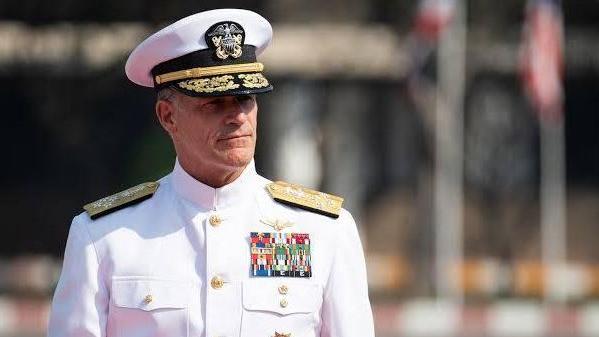
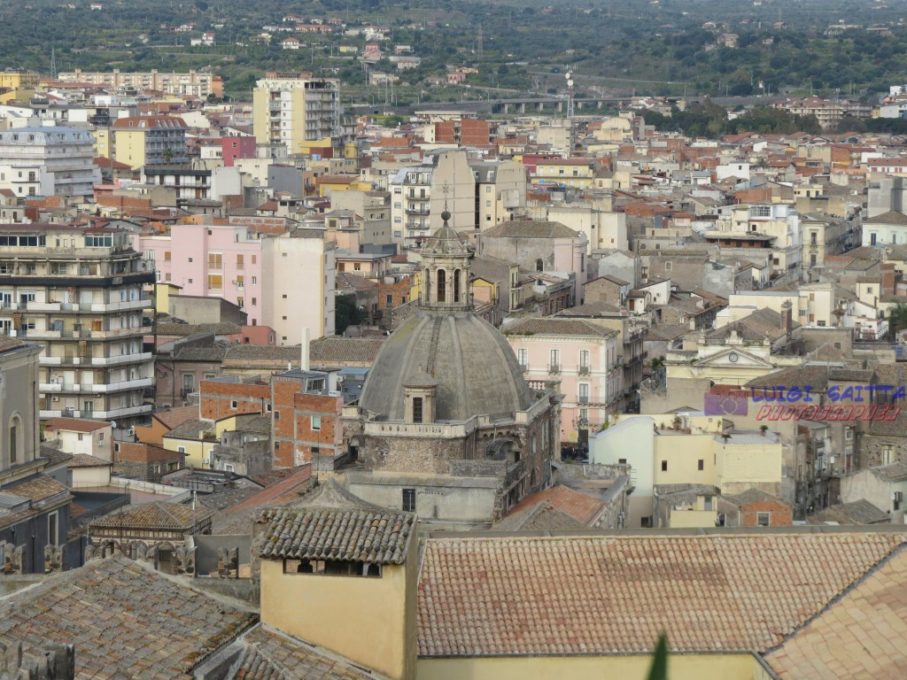

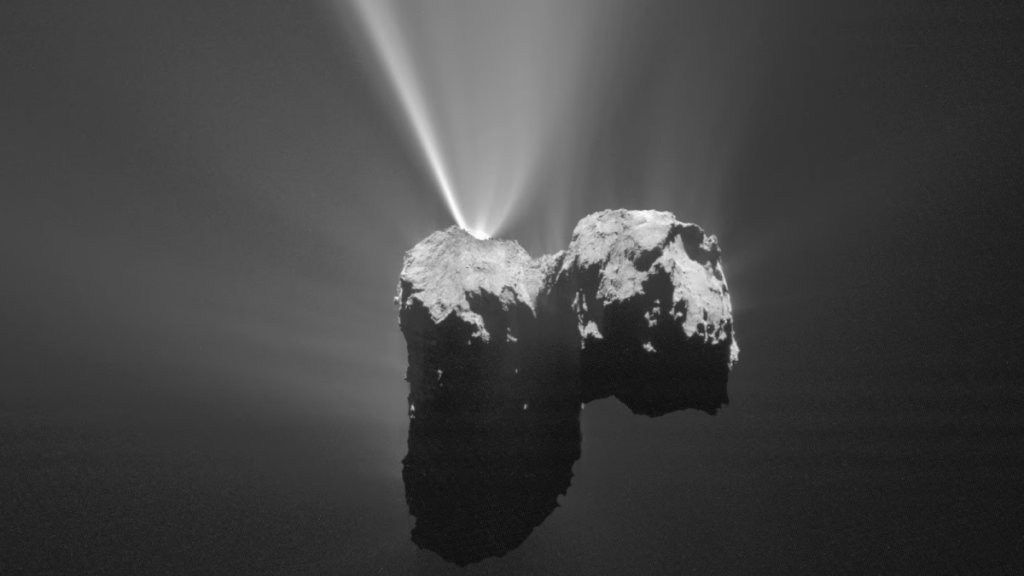
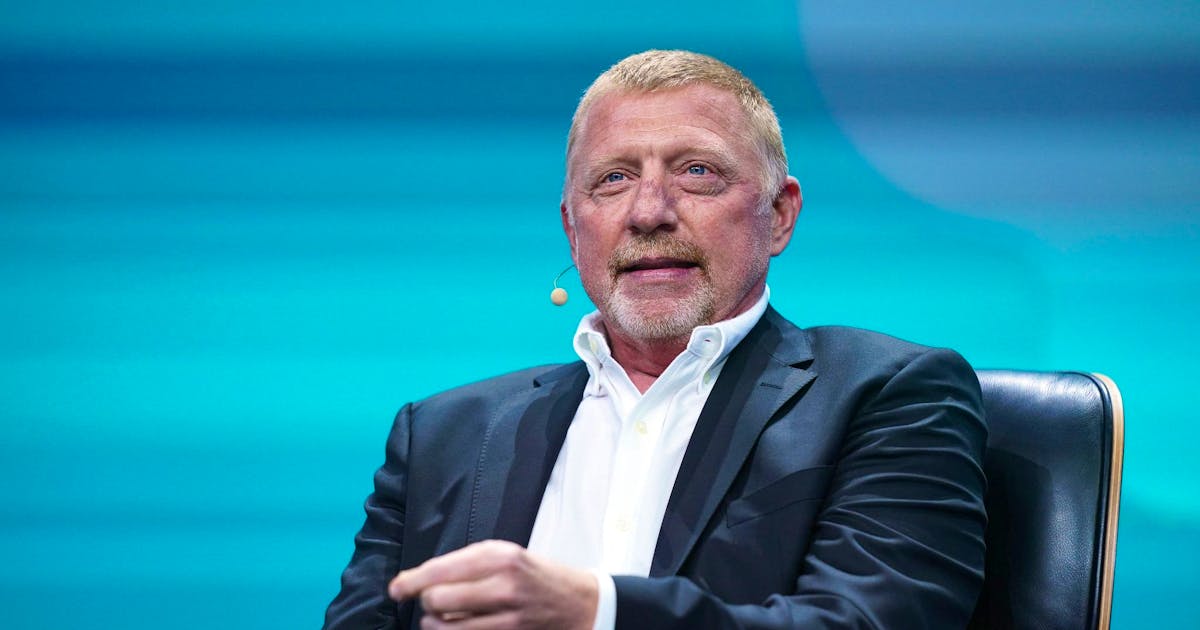
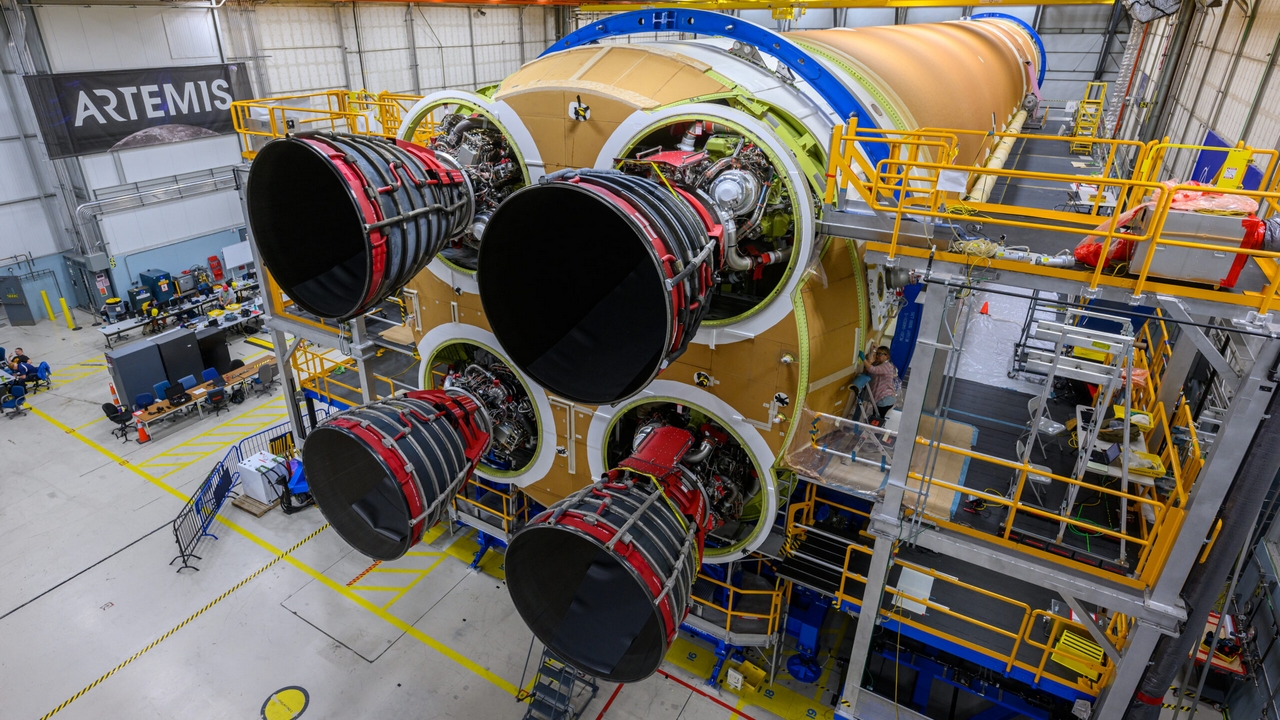
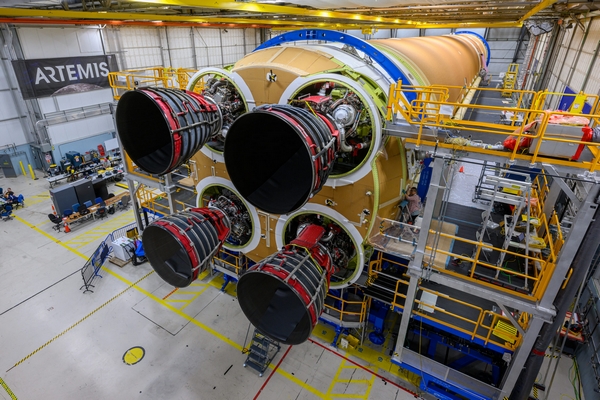
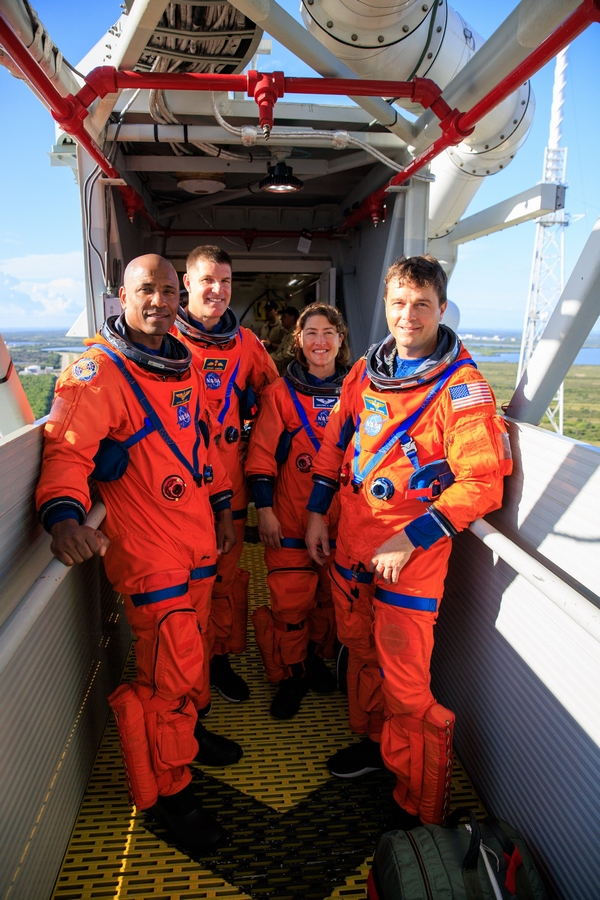
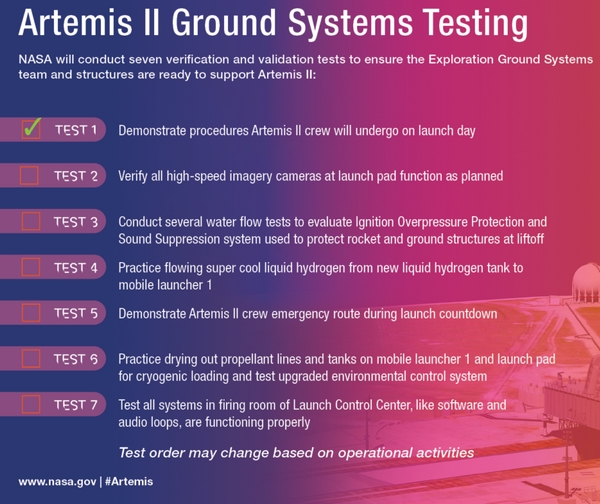
More Stories
Watch a real video of the comet's surface
Moon and Earth photographed from 1.5 million kilometers away: Watch NASA's stunning video
What is the ideal daily amount of carbohydrates? Know the recommended intake